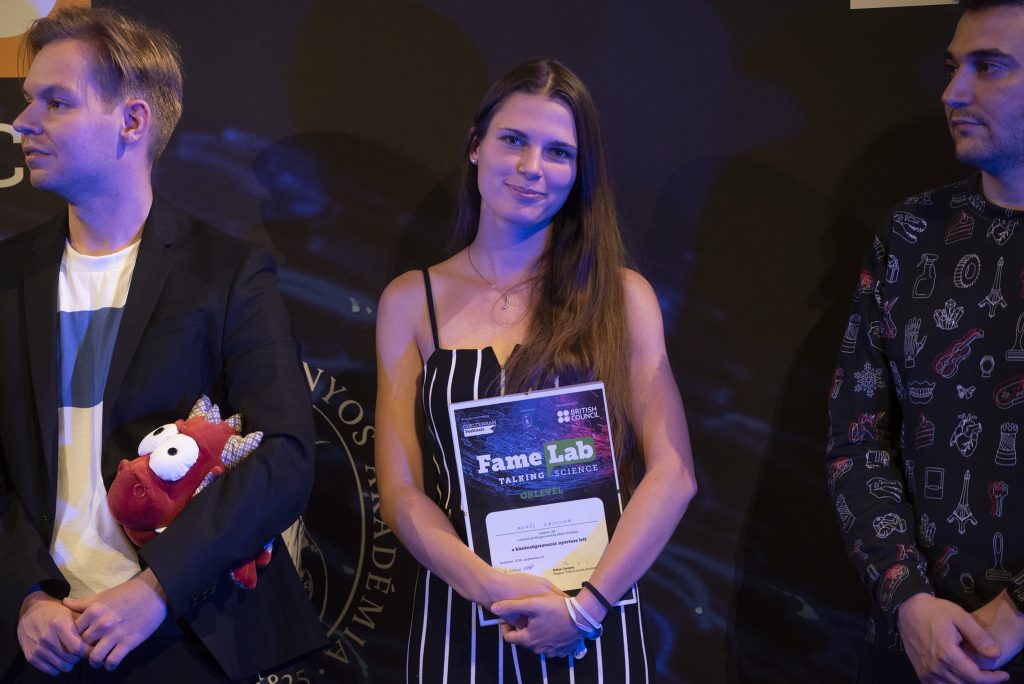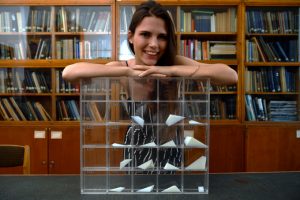Balancing polyhedra
G. Domokos, F. Kovács, Z. Lángi, K. Regős and P.T. Varga, Balancing polyhedra, Ars Math. Contemp., accepted, arXiv:1810.05382 [math.MG]
Abstract: We define the mechanical complexity C(P) of a convex polyhedron P, interpreted as a homogeneous solid, as the difference between the total number of its faces, edges and vertices and the number of its static equilibria, and the mechanical complexity C(S,U) of primary equilibrium classes (S,U)E with S stable and U unstable equilibria as the infimum of the mechanical complexity of all polyhedra in that class. We prove that the mechanical complexity of a class (S,U)E with S,U>1 is the minimum of 2(f+v−S−U) over all polyhedral pairs (f,v), where a pair of integers is called a polyhedral pair if there is a convex polyhedron with f faces and v vertices. In particular, we prove that the mechanical complexity of a class (S,U)E is zero if, and only if there exists a convex polyhedron with S faces and U vertices. We also give asymptotically sharp bounds for the mechanical complexity of the monostatic classes (1,U)E and (S,1)E, and offer a complexity-dependent prize for the complexity of the Gömböc-class (1,1)E.
 Young researchers of our research group introduced new scientific results to the public on 11th October in the framework of the exhibition “Varázshatalom” (“Magic Power”) organized upon the 200th anniversary of the foundation of the Hungarian Academy of Sciences.
Young researchers of our research group introduced new scientific results to the public on 11th October in the framework of the exhibition “Varázshatalom” (“Magic Power”) organized upon the 200th anniversary of the foundation of the Hungarian Academy of Sciences. 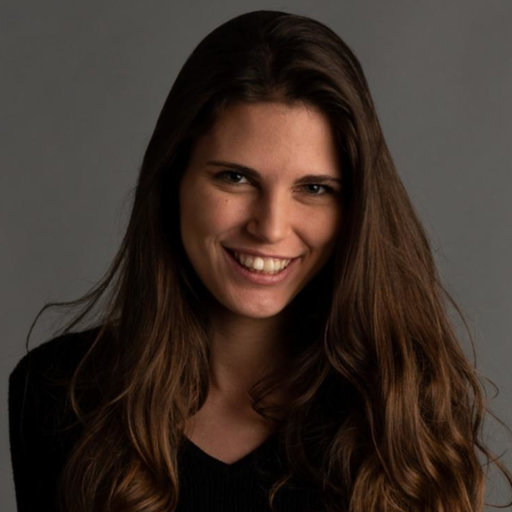 The János Bolyai Mathematical Society decided on the Gyula Farkas Memorial Awards: one of the awardees in 2025 is Krisztina Regős, PhD student of the HUN-REN Morphodynamics Research Group.
The János Bolyai Mathematical Society decided on the Gyula Farkas Memorial Awards: one of the awardees in 2025 is Krisztina Regős, PhD student of the HUN-REN Morphodynamics Research Group.

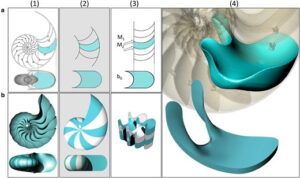
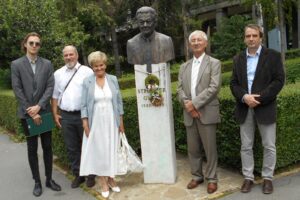 Gergő Almádi, member of our research group (to the left) won the Gyula Strommer Scholarship in 2024. The Scholarship is offered each year by the Gyula Strommer International Foundation of Geometry for one student of the BME. Congratulations!
Gergő Almádi, member of our research group (to the left) won the Gyula Strommer Scholarship in 2024. The Scholarship is offered each year by the Gyula Strommer International Foundation of Geometry for one student of the BME. Congratulations!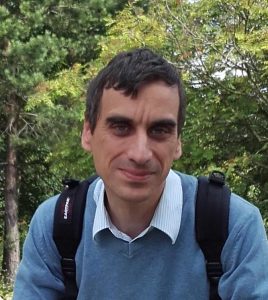

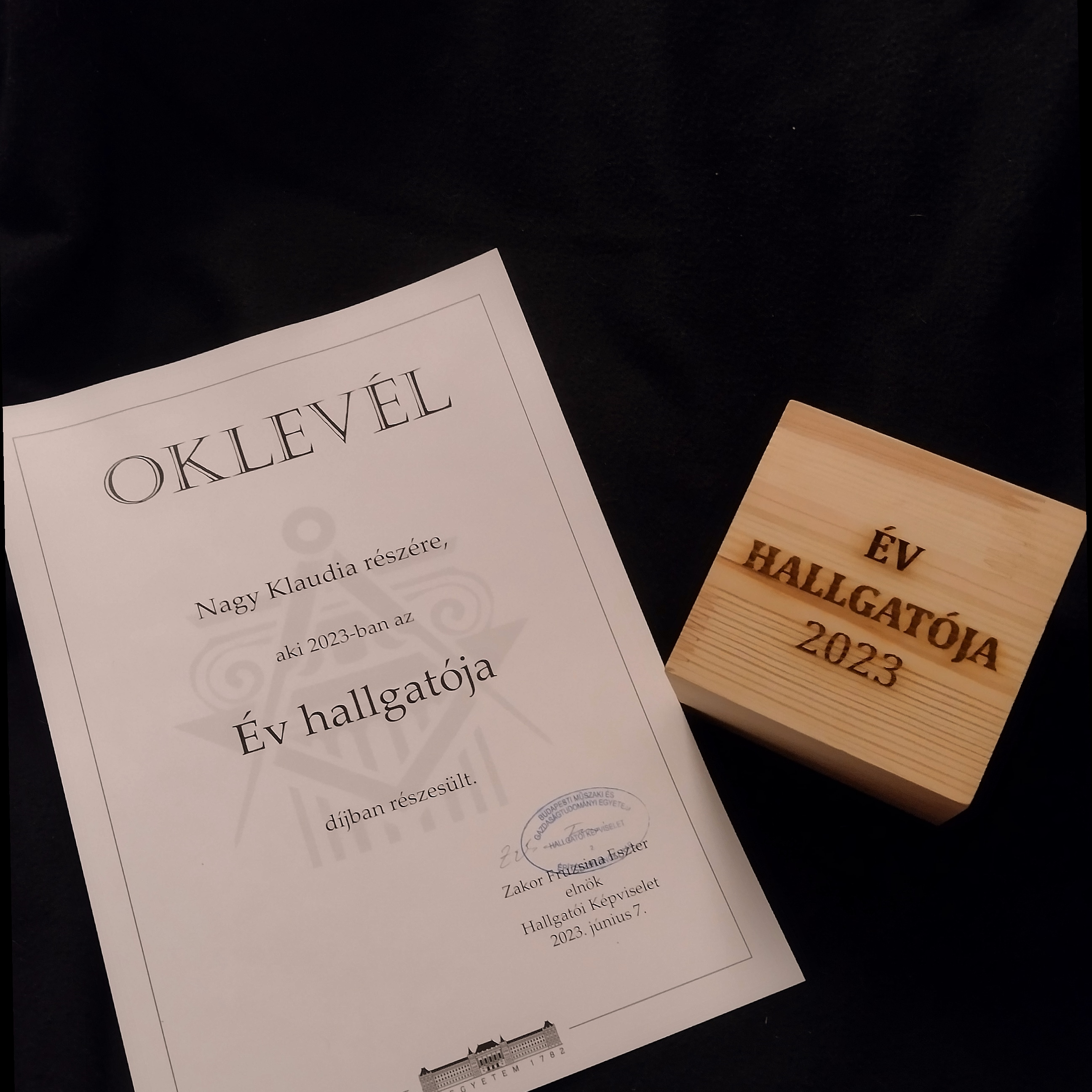 Klaudia Nagy, member of the Morphodynamics Research Group, has been awarded as “Student of the Year” at the Faculty of Architecture of BME. Congratulations!
Klaudia Nagy, member of the Morphodynamics Research Group, has been awarded as “Student of the Year” at the Faculty of Architecture of BME. Congratulations!